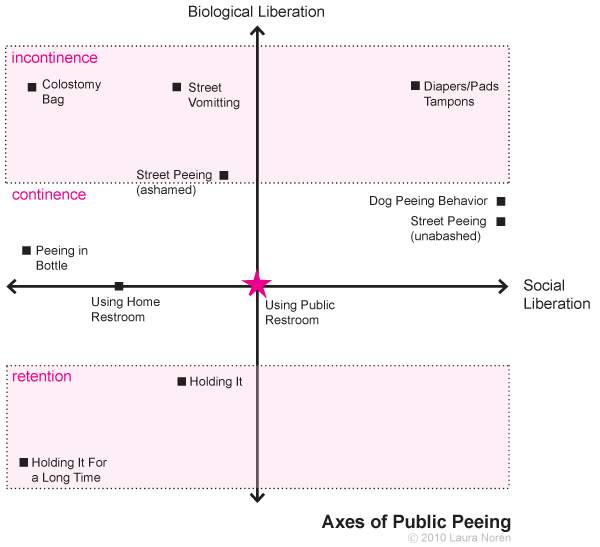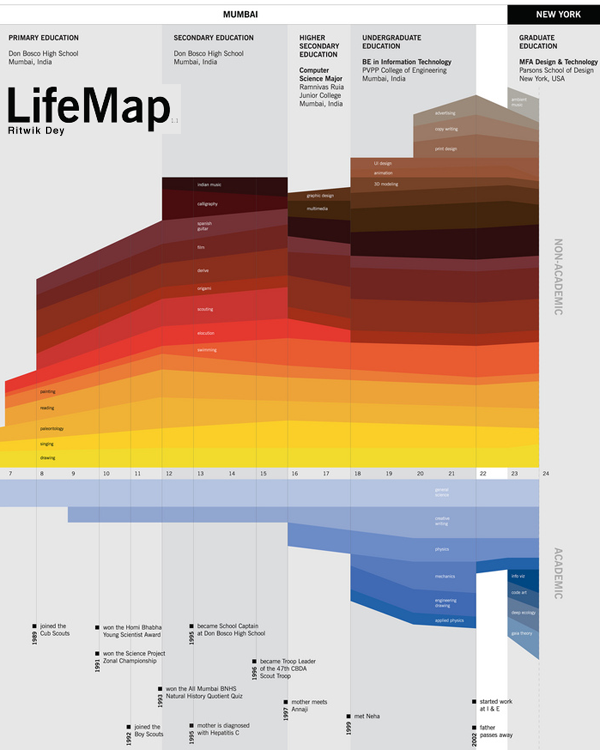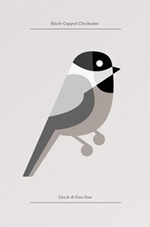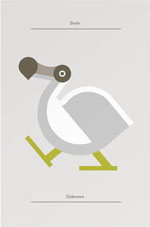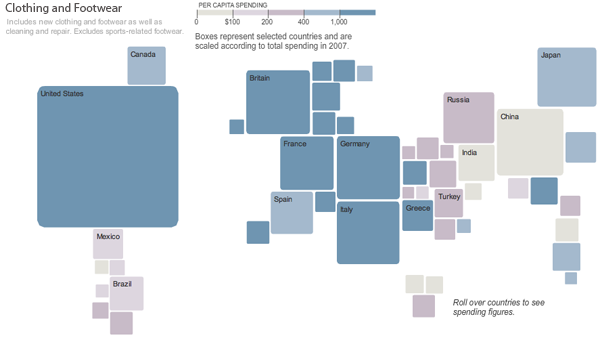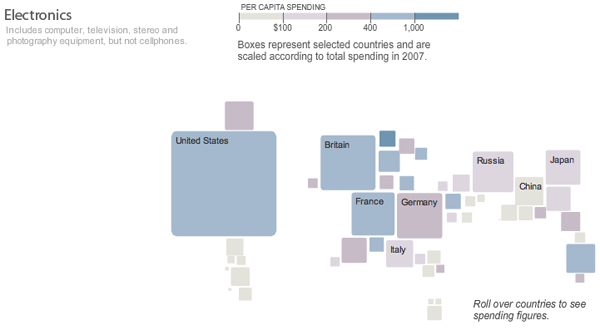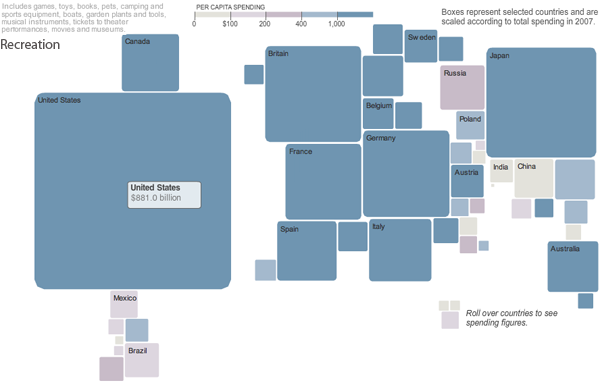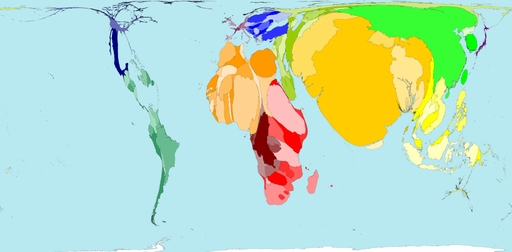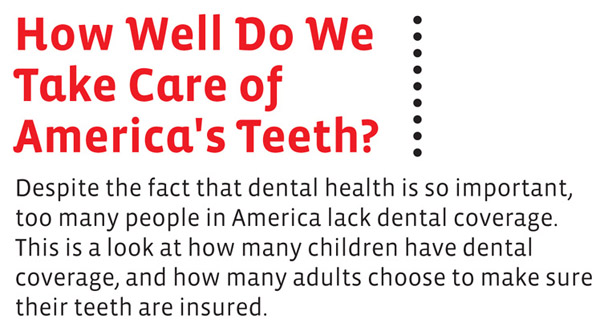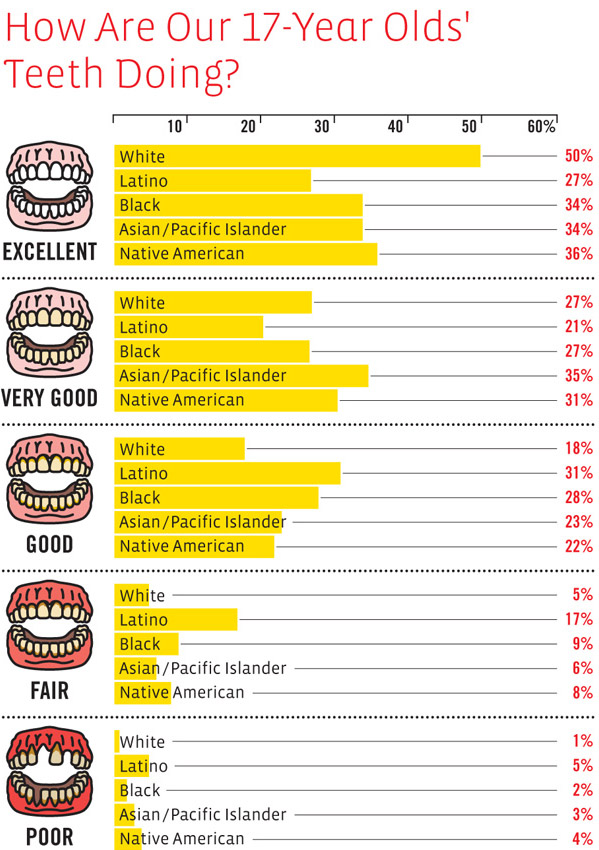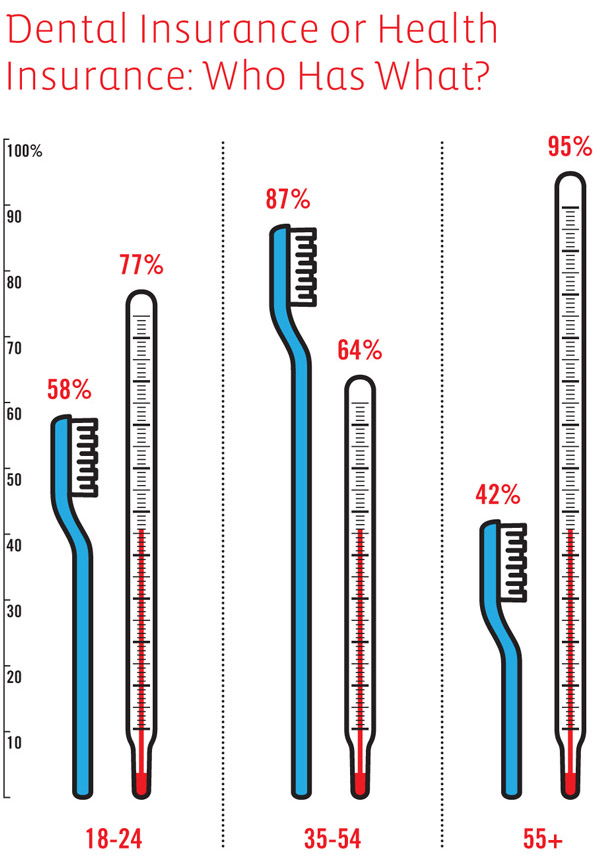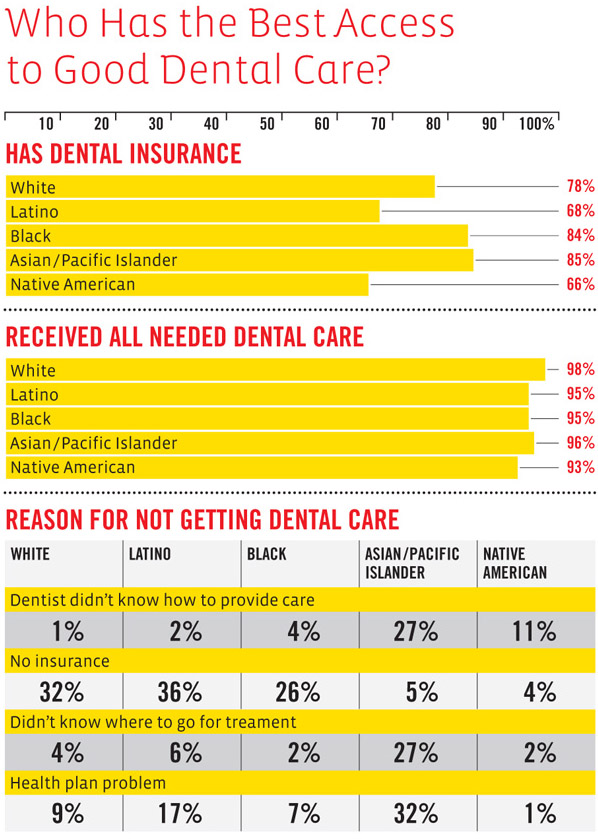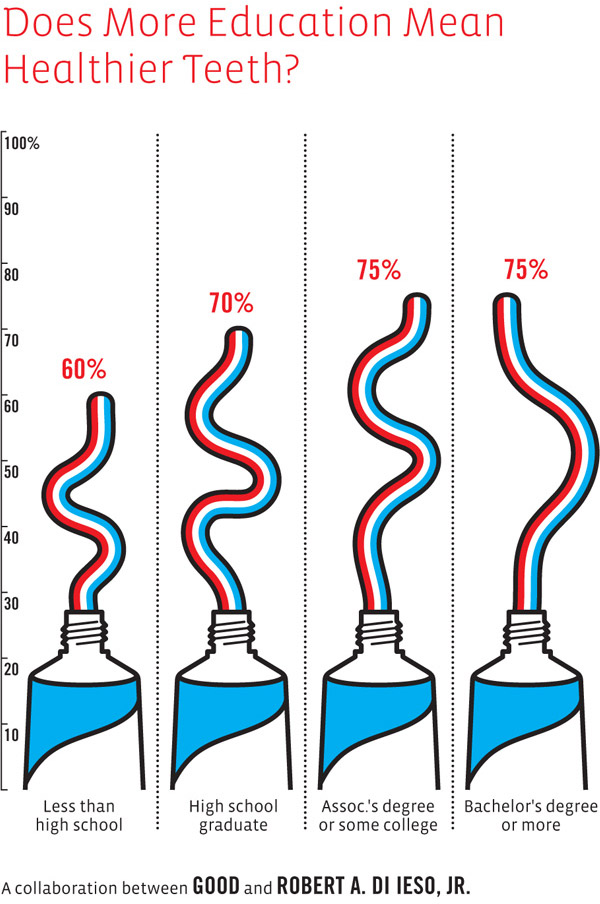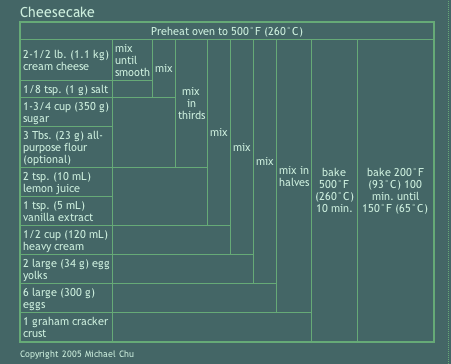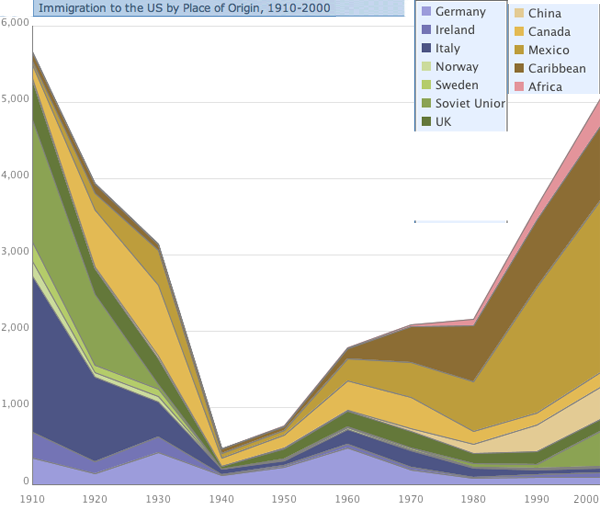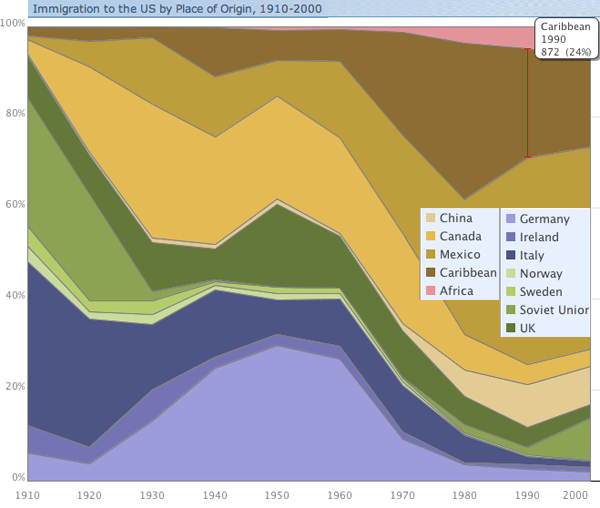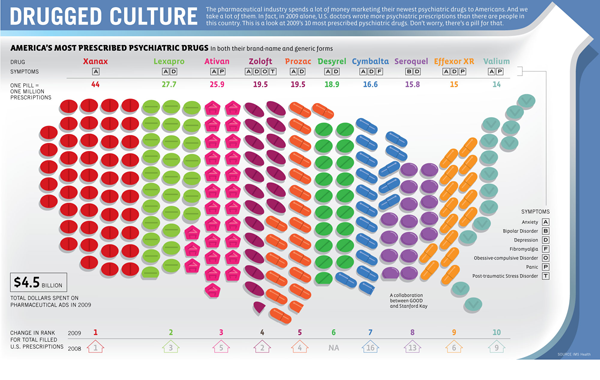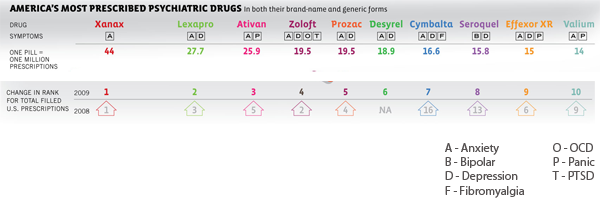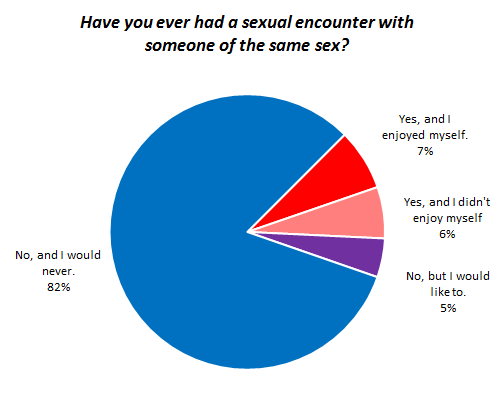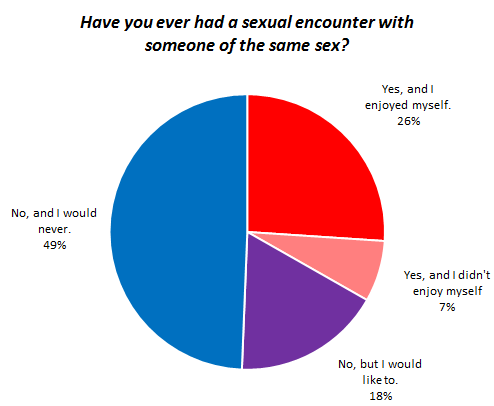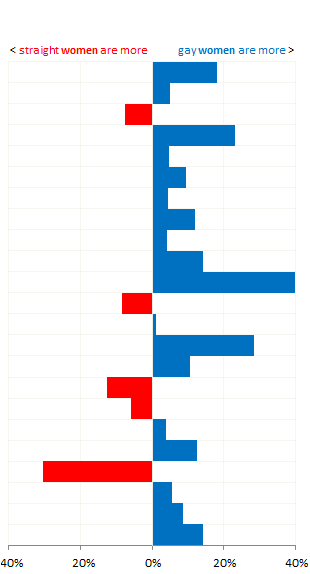
What Works
Hans Rosling argues that by raising the living standards of the globe’s poor people we can avert a population growth disaster. He uses statistics and on-stage demonstrations to do it. Worth watching. Over at TEDtalks. Happy to see a kindred spirit having his day with TED.

I approve of the rockstar version of Hans Rosling’s portrait so I cribbed it from MSNBC. Thanks graphic designer out there somewhere, working to make statisticians more visually stimulating.
References
Rosling, Hans. (July 2010) Global Population Growth TED talks.
Gap Minder is Hans Rosling’s website. It features many more animations than just the one about population growth as well as tools to build your own animations. The emphasis is on country-level data.

